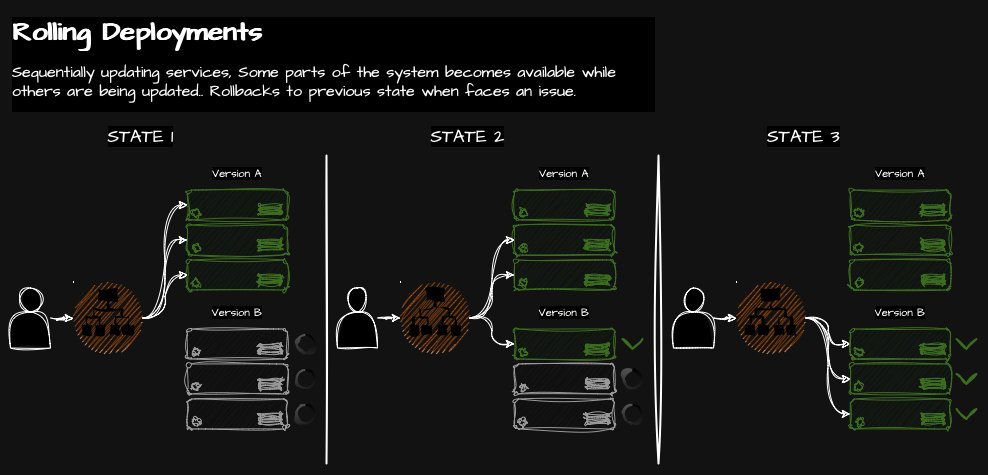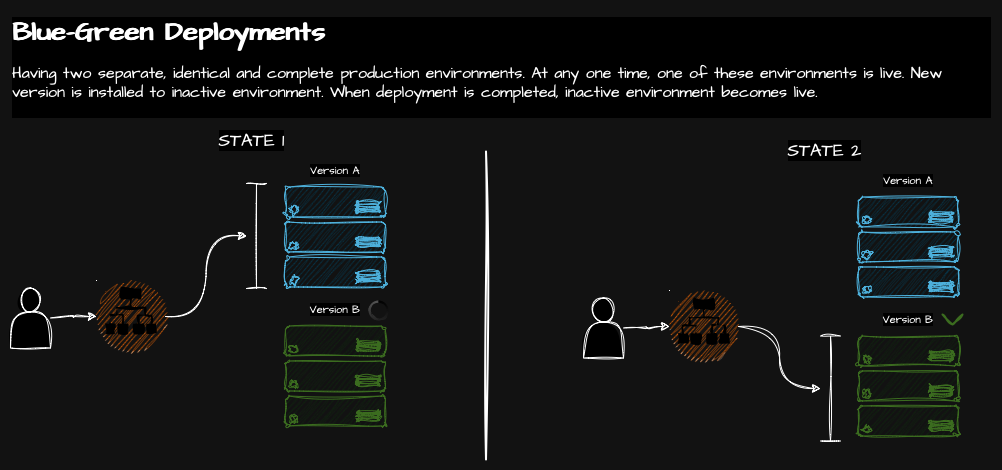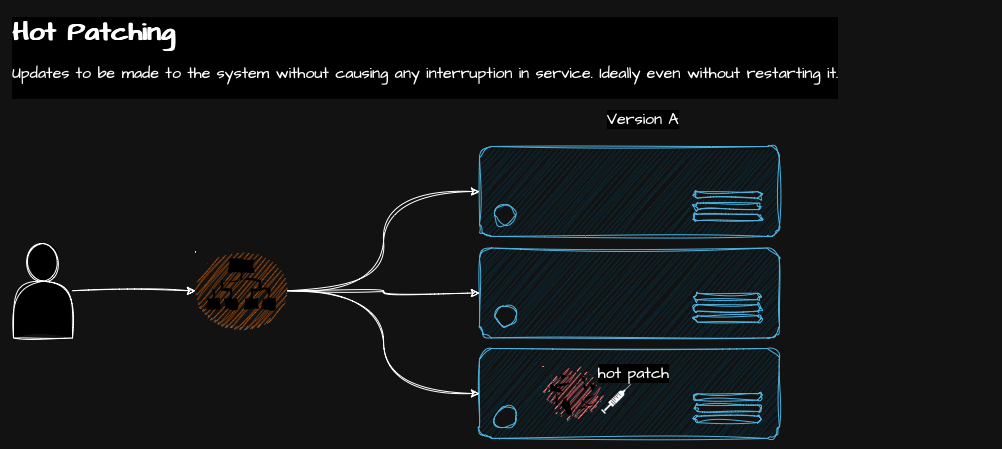- Published on
Diving into Zero Downtime Deployments
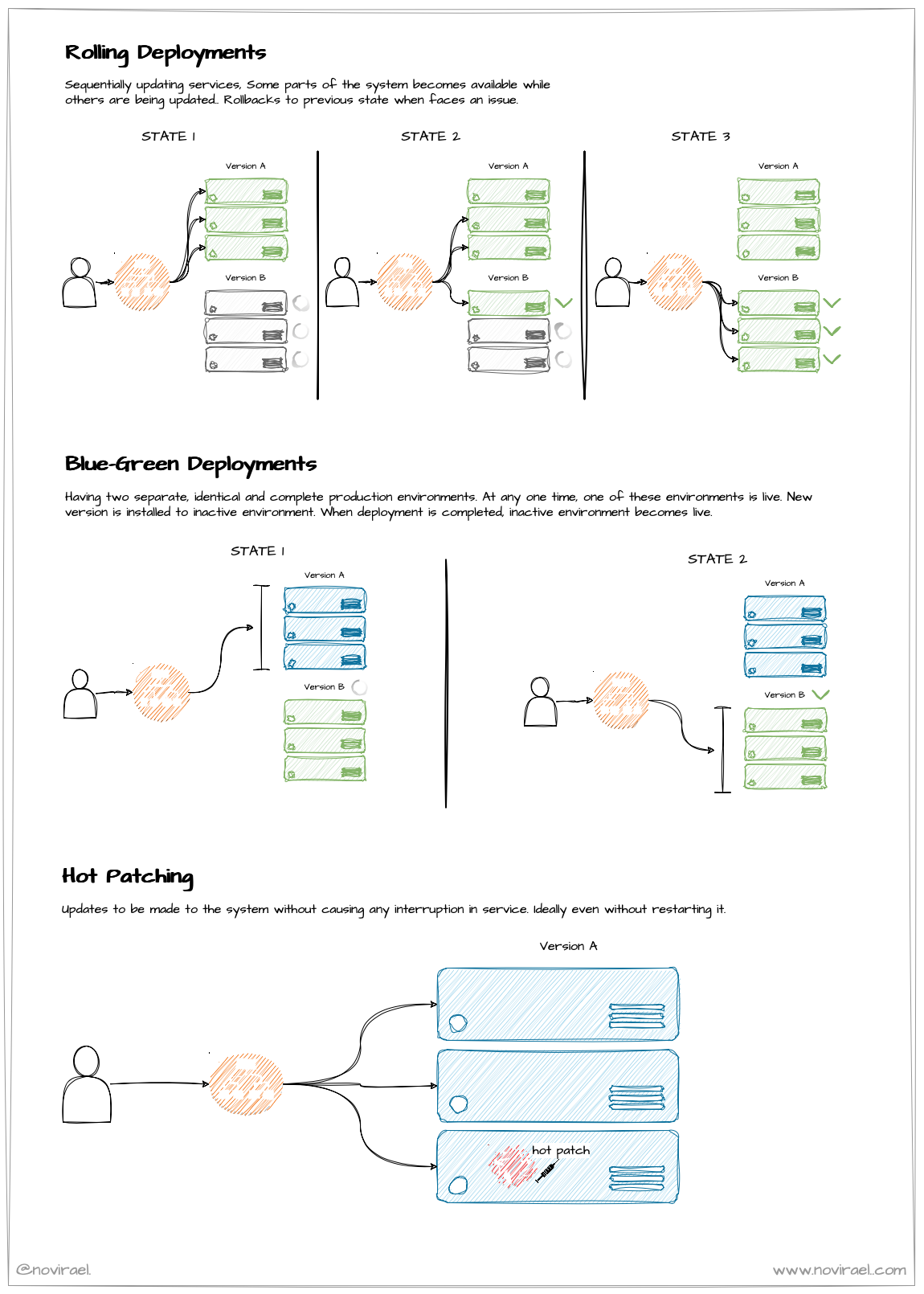
Diving into Zero Downtime Deployments
Abstract
Zero downtime deployments are crucial in today's digital age, serving as a vital tool for businesses to maintain consistent availability and enhance user satisfaction. Despite the innate complexity and risk, strategies such as rolling deployments, blue-green deployments and canary deployments can effectively navigate the challenges.
Reaping the Benefits
Seamless user experience is the proverbial golden egg for any digital enterprise. Zero downtime deployments are essential in striking the perfect balance between incessant availability and continuous development.
Key Advantages:
- Increased Availability and Uptime: In industries where constant application availability is key, zero downtime is not just an option, but a necessity.
- Enhanced User Satisfaction: System unavailability frustrates users. Ensuring consistent availability of your application can bolster user trust and improve engagement.
- Operational Efficiency: The implementation of zero downtime deployments can streamline and speed up your deployment process, resulting in improved system efficiency.
Strategies for Success
Rolling Deployments
This process involves sequentially updating services to avoid system failure or interruptions. Typically, the application environment is divided into multiple parts, allowing phased updates. This ensures that some parts of the system remain available while others are being updated.
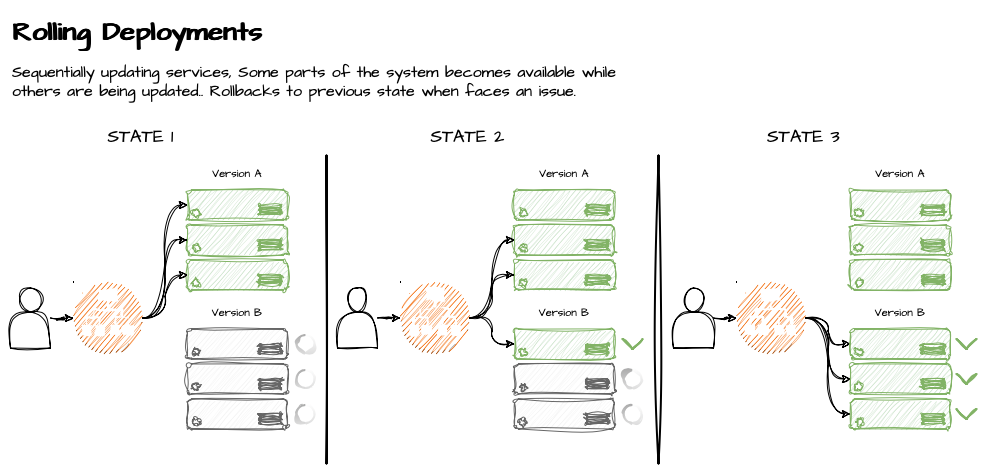
Blue-Green Deployments
This process promotes a safety-first approach by having two separate, identical production environments, known as the blue and green environments. At any one time, one of these environments is live. When a new iteration of the software is ready, it's deployed to the inactive environment.
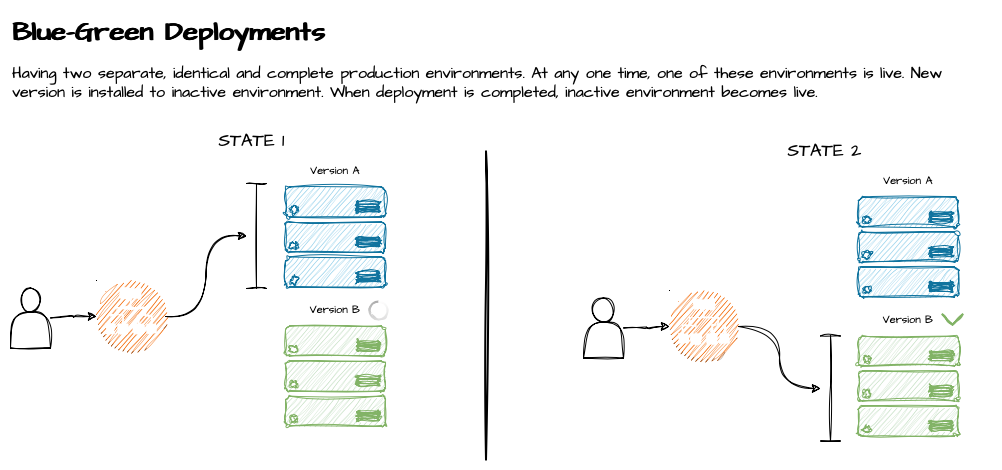
Hot Patching
Hot patching, also known as live patching, is a strategy that allows updates to be made to the system without causing any interruption in service. The new patch is uploaded and made to run parallel with the old version, and after successful verification of the new code, the older version is taken down seamlessly.
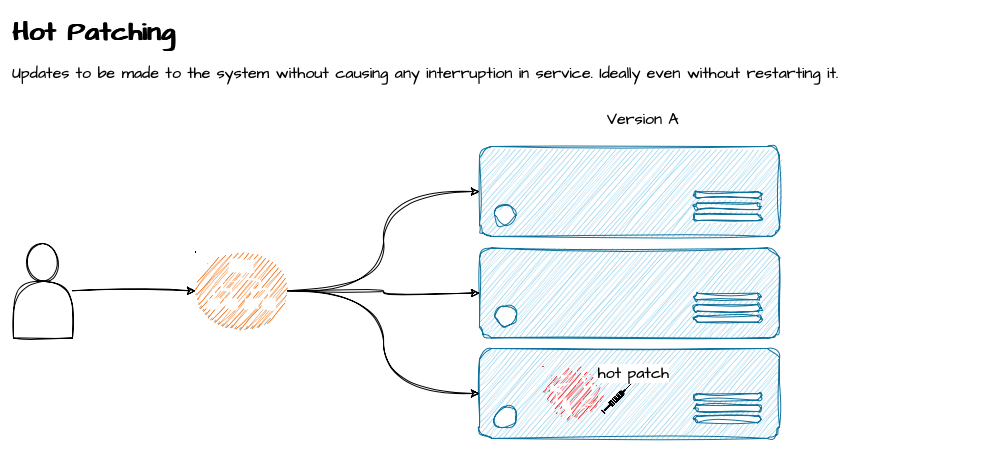
Best Practices
Canary Releases
This approach to deployment involves rolling out a new software version to a controlled, small group of users before making it available to everyone. This test-and-learn method helps in catching any performance issues or bugs at an early stage.
Feature Flags
Implementing feature flags in your deployment strategy allows you to control feature rollouts to individual users or user groups. This enables you to test new features in a live environment without all users seeing it.
A/B Testing
One of the most effective ways to ensure successful deployments is by gathering and analyzing data, which is where A/B testing steps in. This strategy involves comparing two different versions of an app or a web page to identify which one performs better on specific performance goals.
Navigating Challenges
Although the merits of zero downtime deployments are compelling, they come with their fair share of hurdles:
- Increased Complexity & Additional Effort: The implementation process involves careful planning, competent execution, and maintenance, which can be complex and require substantial effort.
- Risk of Failed Implementation: If not correctly implemented, attempts at zero downtime could lead to significant system errors or even, ironically, downtime.
Conclusion
While zero downtime deployments give businesses a competitive edge, it's essential to consider the complexities before diving in. With the right strategies in place, successful implementation can improve customer satisfaction, operational efficiency, and ultimately, bottom-line results.
